Magnesium Deficiency is serious business, and athletes need to pay attention to this one!
Magnesium is arguably the most important mineral in the body.
“Every known illness is associated with a magnesium deficiency and it’s the missing cure to many diseases.”According to Dr. Norman Shealy.
Ok. I’m not sure about EVERY known illness but the point is still very valid.
Magnesium is crazy important!
Not only does magnesium help regulate calcium, potassium and sodium, but Magnesium (Mg) is essential for cellular health and is a critical component of over 300 biochemical functions in the body.
Even glutathione, your body’s most powerful antioxidant that has even been called “the master antioxidant”, requires magnesium for its synthesis.
Unfortunately, most people are not aware of this and millions suffer daily from magnesium deficiency without even knowing it.
Causes of Magnesium Deficiency
Once thought to be relatively rare, magnesium deficiency is more common than most physicians believe. Here’s why:
[tie_list type=”checklist”]
- Soil depletion – Genetically modified organisms (GMO) and the chemicals in our food have created a recipe for disaster. As minerals are removed, stripped away, or no longer available in the soil, the percentage of magnesium present in food has decreased.
- Digestive disease, like leaky gut can cause malabsorption of minerals including magnesium. Today, there are hundreds of millions of people who aren’t absorbing their nutrients. Also, as we age our mineral absorption tends to decrease, so the probability of having a deficiency increases across the board.
- Chronic disease and medication use is at an all-time high. Most chronic illness is associated with magnesium deficiency and lack of mineral absorption. Medications damage the gut which is responsible for absorbing magnesium from our food.
[/tie_list]
Should you worry about magnesium deficiency?
Maybe, maybe not, it all depends on your risk factors and presenting symptoms which are covered in this article. Also, approximately 80% of people have low levels of magnesium so the chances are you are probably deficient.
Take note of this…only 1% of magnesium in your body is in your bloodstream, so often you can have deficiency and it would not even be discovered by a common blood test.
Magnesium Deficiency Symptoms
Many people may be magnesium deficient and not even know it. But here are some key symptoms to look out for that could indicate if you are deficient:
[tie_list type=”checklist”]
- Leg Cramps
70% of adults and 7% of children experience leg cramps on a regular basis. Because of magnesium’s role in neuromuscular signals and muscle contraction, researchers have observed that magnesium deficiency is often to blame.
More and more health care professionals are prescribing magnesium supplements to help their patients. Restless leg syndrome is another warning sign of a magnesium deficiency. To overcome both leg cramps and restless leg syndrome you will want to increase your intake of both magnesium and potassium.
- Insomnia
Magnesium deficiency is often a precursor to sleep disorders such as anxiety, hyperactivity and restlessness. It has been suggested that this is because magnesium is vital for GABA function, an inhibitory neurotransmitter known to “calm” the brain and promote relaxation.
Taking around 400mg of magnesium before bed or with dinner is the best time of day to take the supplement. Also, adding in magnesium rich foods during dinner like spinach may help.
- Muscle Pain / Fibromyalgia
A study published in Magnesium Research examined the role magnesium plays in fibromyalgia, and uncovered that increasing magnesium consumption reduced pain and tenderness and also improved immune blood markers. Oftentimes linked to autoimmune disorders, this research should encourage fibromyalgia patients because it highlights the systemic effects that magnesium supplements have on the body.
- Anxiety
As magnesium deficiency can affect the central nervous system, more specifically the GABA cycle in the body, it’s side effects can include irritability and nervousness. As the deficiency worsens it causes high levels of anxiety and in severe cases depression and hallucinations. Magnesium is needed for every cell function from the gut to the brain, so it is no wonder that it affects so many systems.
- High Blood Pressure
Magnesium works partnered with calcium to support proper blood pressure and protect the heart. So when you are magnesium deficient, often you are also low in calcium and tend towards hypertension or high blood pressure.
- Type II Diabetes
One of the 4 mains causes of magnesium deficiency is type II diabetes but it is also a common symptom. UK researchers, for example, uncovered that of the 1,452 adults they examined low Mg levels were 10.51 times more common with new diabetics and 8.63 times more common with known diabetics.
- atigue
Low energy, weakness and fatigue are common symptoms of magnesium deficiency. Most chronic fatigue patients are also magnesium deficient.
- Migraine Headaches
Magnesium deficiency has been linked to migraine headaches due of its importance in balancing neurotransmitters in the body. Double-blind placebo-controlled studies have proven that 360 – 600mg of magnesium daily reduced the frequency of migraine headaches by up to 42%.
- Osteoporosis
The National Institute of Health reports that, “The average person’s body contains about 25 grams of magnesium, and about half of that is in the bones.” This is important to realize, especially for the elderly, who are at risk of bone weakening.
[/tie_list]
Are you at risk?
So who is most susceptible to a magnesium deficiency?
According to the National Institute of Health (NIH), not every one is created equal in regards to metabolizing and assimilating magnesium. In fact, certain people are inherently at a greater risk of developing Mg deficiency. Magnesium deficiency can be inherited genetically as an inability to absorb this important mineral. Also, a diet low in high magnesium foods, or even emotional or work stress can drain magnesium from the body. Whether inherited, through a deficient diet, or even stress, a magnesium deficiency can lead to side effects of migraines, diabetes, fatigue and more! The 4 most prominent at-risk groups include:
People with GI complaint, Type II diabetes, Elderly and people struggling with alcohol dependence.
Excessive drinking often experience Mg deficiency because of a combination of the reasons above. The easiest way to understanding this is to see alcohol as an “anti-nutrient.” It literally sucks the nutrients out of your cells, and prevents proper absorption/utilization of the vitamins and minerals that you consume. I would even go one step further and suggest that regular recreational alcohol use, not just alcohol dependence, can lead to Mg problems. Consuming 1-2 glasses of wine a week is fine for most people but much more than that is highly taxing on your liver. Alcohol can also deplete the minerals in your body because it causes dehydration, gut floral imbalance, immune system compromise, disturbed sleep patterns, and premature aging
So, what if you don’t fit in any of these buckets and you’re young, vibrant, and seemingly healthy? Does this mean that you’re off the hook? Not exactly.
Magnesium used to be abundantly present in most foods. However, in recent years food has less and less magnesium due to the farming practices and changes in growing cycles over the last century.
Studies have shown, for example, that the produce we eat holds a shadow of the nutritional quality that they did just 60 years ago.
According to a 2011 report published in Scientific American:
“The Organic Consumers Association cites several other studies with similar findings: A Kushi Institute analysis of nutrient data from 1975 to 1997 found that average calcium levels in 12 fresh vegetables dropped 27 percent; iron levels 37 percent; vitamin A levels 21 percent, and vitamin C levels 30 percent.”
A similar study of British nutrient data from 1930 to 1980, published in the British Food Journal, found that in 20 vegetables the average calcium content had declined 19 percent; iron 22 percent; and potassium 14 percent. Yet another study concluded that one would have to eat eight oranges today to derive the same amount of Vitamin A as our grandparents would have gotten from one.
The bottom line is that even if you eat a completely organic, non-GMO raw food diet, you’re still at risk because of soil depletion and our current capitalistic farming practices.
START WITH MAGNESIUM RICH FOODS FIRST!!!
Even with this, you still want to make sure you are getting plenty of high magnesium foods in your diet and if you want a comprehensive list check out my article on the TOP 10 MAGNESIUM RICH FOODS.
Best Magnesium Supplements
If you think you might be more severely magnesium deficient and you want to improve your levels more quickly you may consider taking an all-natural supplement.
- Magnesium Chelate
- A form of magnesium bond to multiple amino acids that is in the same state as the food we consume and highly absorbable by the body.
- Magnesium Citrate
- This is magnesium with citric acid, which has laxative properties so is often taken for constipation.
- Magnesium Glycinate
- A chelated form of magnesium that tends to provide high levels of absorption and bioavailability and is typically considered ideal for those who are trying to correct a deficiency.
- Magnesium Theonate
-
- A newer, emerging type of magnesium supplement that appears promising, primarily due to its superior ability to penetrate the mitochondrial membrane, and may be the best magnesium supplement on the market.
- Magnesium Chloride Oil
- This form of magnesium is in oil form. It can pass through the skin and into the body. For those who struggle with digestive issues like malabsorption this is the best form of magnesium to take.
NOTE: Just as a reminder, when taking 600mg or more of magnesium, 20% of people taking magnesium as a supplement can experience diarrhea.
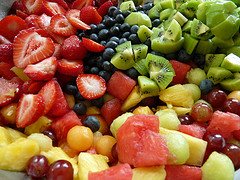
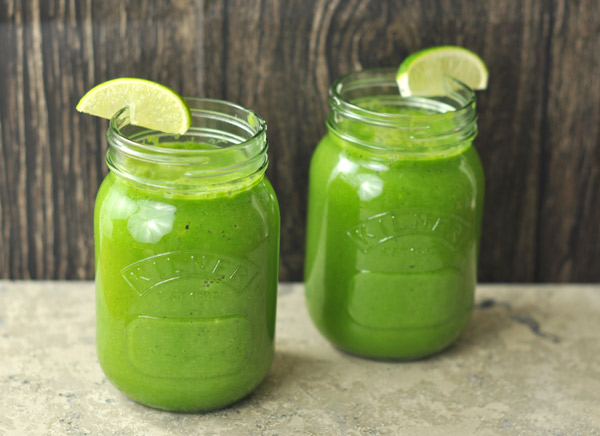


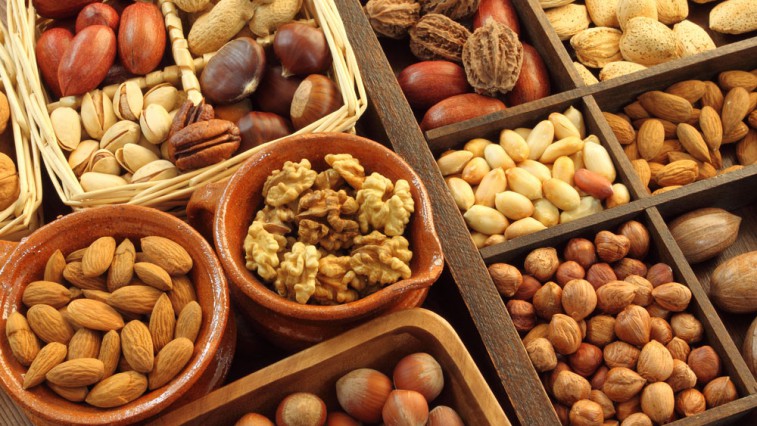
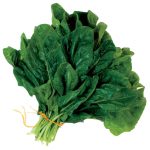 #1: Dark Leafy Greens (Raw Spinach)
#1: Dark Leafy Greens (Raw Spinach)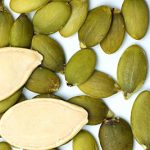 #2: Nuts and Seeds (Squash and Pumpkin Seeds)
#2: Nuts and Seeds (Squash and Pumpkin Seeds) #3: Fish (Mackerel, not goldfish. 😉 )
#3: Fish (Mackerel, not goldfish. 😉 )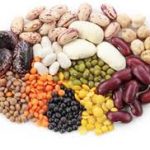 #4: Beans and Lentils (Soy Beans)
#4: Beans and Lentils (Soy Beans) #5: Whole Grains (Brown Rice)
#5: Whole Grains (Brown Rice)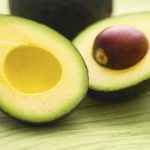 #6: Avocados
#6: Avocados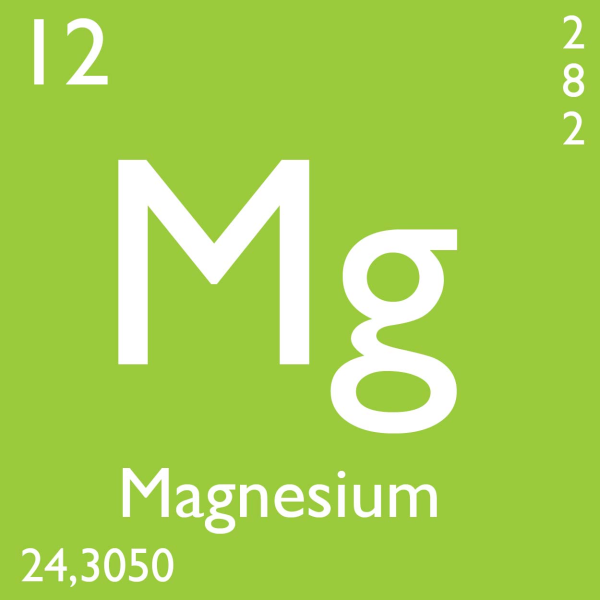

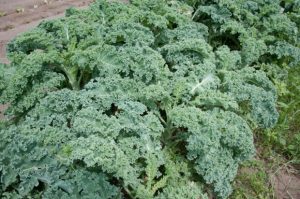 When it comes to exercise, vasodilation occurs naturally within the body. Nitric oxide is a powerful vasodilator and its effects are increased by eating foods rich in nitrates, flavonoids, L-arginine and other natural vasodilators.
When it comes to exercise, vasodilation occurs naturally within the body. Nitric oxide is a powerful vasodilator and its effects are increased by eating foods rich in nitrates, flavonoids, L-arginine and other natural vasodilators.


